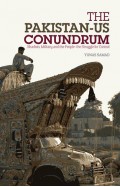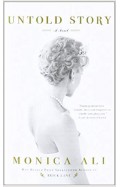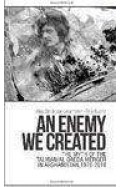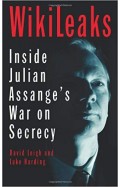- Home
- Categories
- Non Fiction
- History
- High Noon: The Hollywood Blacklist and the Making of an American Classic
High Noon: The Hollywood Blacklist and the Making of an American Classic
By: Glenn Frankel
-
Rs 657.25
- Rs 1,195.00
- 45%
You save Rs 537.75.
Due to constant currency fluctuation, prices are subject to change with or without notice.
It's one of the most revered movies of Hollywood's golden era. Starring screen legend Gary Cooper and Grace Kelly in her first significant film role, High Noon was shot on a lean budget over just thirty-two days but achieved instant box-office and critical success. It won four Academy Awards in 1953, including a best actor win for Cooper. And it became a cultural touchstone, often cited by politicians as a favorite film, celebrating moral fortitude.
Yet what has been often overlooked is that High Noon was made during the height of the Hollywood blacklist, a time of political inquisition and personal betrayal. In the middle of the film shoot, screenwriter Carl Foreman was forced to testify before the House Committee on Un-American Activities about his former membership in the Communist Party. Refusing to name names, he was eventually blacklisted and fled the United States. (His co-authored screenplay for another classic, The Bridge on the River Kwai, went uncredited in 1957.) Examined in light of Foreman's testimony, High Noon's emphasis on courage and loyalty takes on deeper meaning and importance.
In this book, Pulitzer Prize-winning journalist Glenn Frankel tells the story of the making of a great American Western, exploring how Carl Foreman's concept of High Noon evolved from idea to first draft to final script, taking on allegorical weight. Both the classic film and its turbulent political times emerge newly illuminated
It's one of the most revered movies of Hollywood's golden era. Starring screen legend Gary Cooper and Grace Kelly in her first significant film role, High Noon was shot on a lean budget over just thirty-two days but achieved instant box-office and critical success. It won four Academy Awards in 1953, including a best actor win for Cooper. And it became a cultural touchstone, often cited by politicians as a favorite film, celebrating moral fortitude.
Yet what has been often overlooked is that High Noon was made during the height of the Hollywood blacklist, a time of political inquisition and personal betrayal. In the middle of the film shoot, screenwriter Carl Foreman was forced to testify before the House Committee on Un-American Activities about his former membership in the Communist Party. Refusing to name names, he was eventually blacklisted and fled the United States. (His co-authored screenplay for another classic, The Bridge on the River Kwai, went uncredited in 1957.) Examined in light of Foreman's testimony, High Noon's emphasis on courage and loyalty takes on deeper meaning and importance.
In this book, Pulitzer Prize-winning journalist Glenn Frankel tells the story of the making of a great American Western, exploring how Carl Foreman's concept of High Noon evolved from idea to first draft to final script, taking on allegorical weight. Both the classic film and its turbulent political times emerge newly illuminated
High Noon: The Hollywood Blacklist and the Making of an American Classic
By: Glenn Frankel
Rs 657.25 Rs 1,195.00 Ex Tax :Rs 657.25
Zubin Mehta: A Musical Journey (An Authorized Biography)
By: VOID - Bakhtiar K. Dadabhoy
Rs 472.50 Rs 1,050.00 Ex Tax :Rs 472.50
Everything You Need to Ace Biology in One Big Fat Notebook (Big Fat Notebooks)
By: Workman Publishing
Rs 4,495.50 Rs 4,995.00 Ex Tax :Rs 4,495.50
The Origins of Political Order From Prehuman Times to the French RevolutioN
By: Francis Fukuyama
Rs 3,505.50 Rs 3,895.00 Ex Tax :Rs 3,505.50
Manning Up: How the Rise of Women Has Turned Men into Boys
By: Kay Hymowitz
Rs 646.75 Rs 995.00 Ex Tax :Rs 646.75
The Obama Syndrome: Surrender At Home War Abroad
By: Tariq Ali
Rs 1,165.50 Rs 1,295.00 Ex Tax :Rs 1,165.50
The Quest For Meaning: Developing A Philosophy Of Pluralism
By: Tariq Ramadan
Rs 1,255.50 Rs 1,395.00 Ex Tax :Rs 1,255.50
The Pakistan US Conundrum Jihadists The Military And The People The Struggle For Control
By: Yunas Samad
Rs 1,255.50 Rs 1,395.00 Ex Tax :Rs 1,255.50
An Enemy We Created: The Myth Of The Taliban Al Qaeda Merger In Afghanistan 19702010
By: Alex Strick van Linschoten
Rs 3,412.50 Rs 5,250.00 Ex Tax :Rs 3,412.50
WikiLeaks: Inside Julian Assanges War on Secrecy
By: David Leigh & Luke Harding
Rs 552.50 Rs 850.00 Ex Tax :Rs 552.50
Everything You Need to Ace Biology in One Big Fat Notebook (Big Fat Notebooks)
By: Workman Publishing
Rs 4,495.50 Rs 4,995.00 Ex Tax :Rs 4,495.50
No recently viewed books available at the moment.
Zubin Mehta: A Musical Journey (An Authorized Biography)
By: VOID - Bakhtiar K. Dadabhoy
Rs 472.50 Rs 1,050.00 Ex Tax :Rs 472.50
High Noon: The Hollywood Blacklist and the Making of an American Classic
By: Glenn Frankel
Rs 657.25 Rs 1,195.00 Ex Tax :Rs 657.25
Everything You Need to Ace Biology in One Big Fat Notebook (Big Fat Notebooks)
By: Workman Publishing
Rs 4,495.50 Rs 4,995.00 Ex Tax :Rs 4,495.50












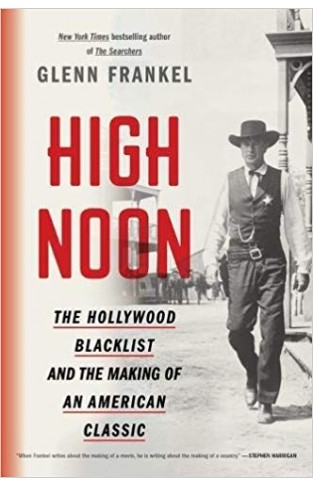
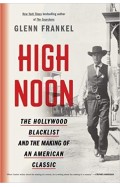
-120x187.jpg?q6)





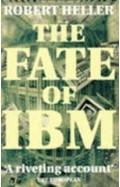
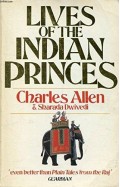
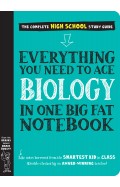
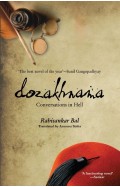
-120x187.jpg?q6)



-120x187.jpg?q6)
